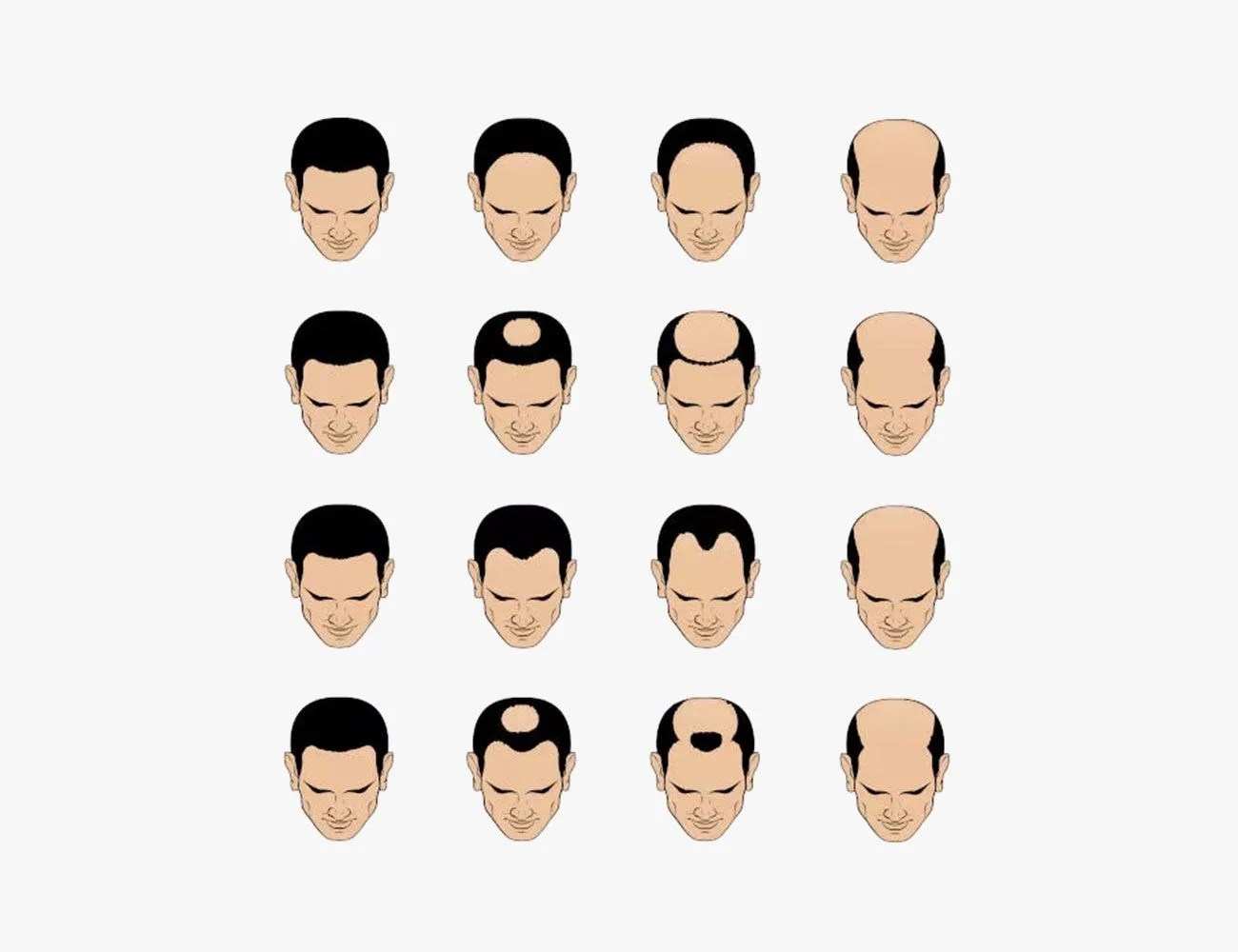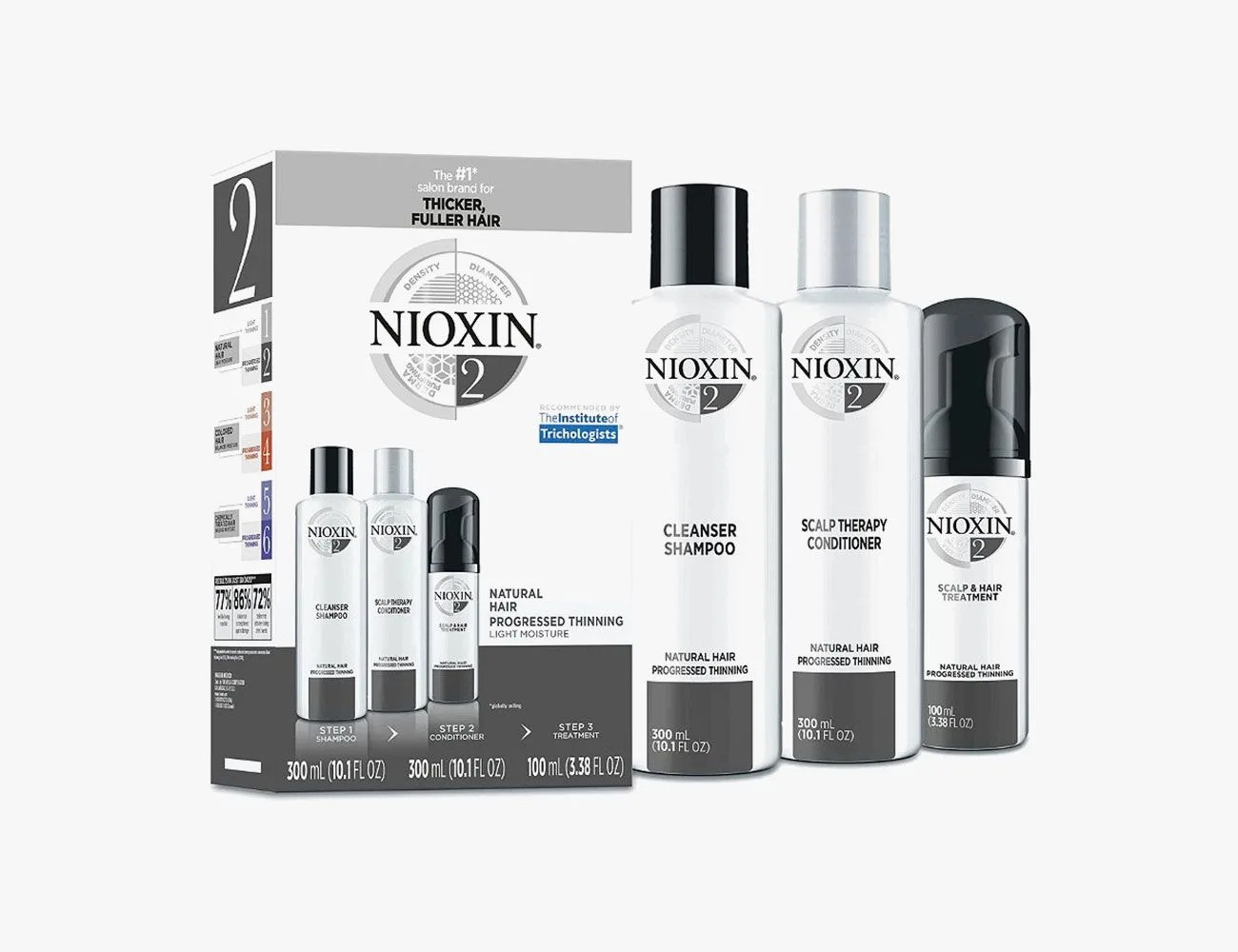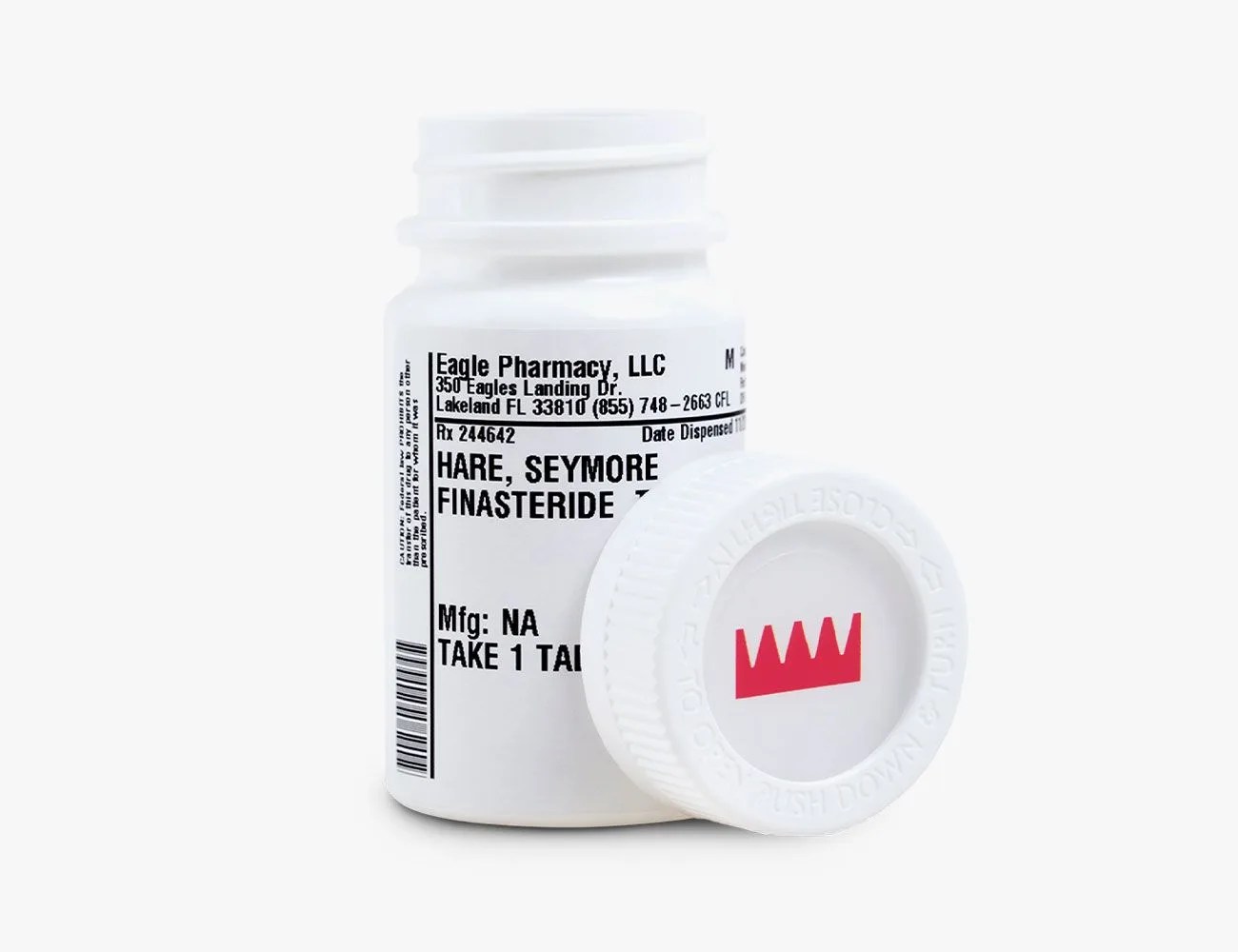The future looks grim — at least for your hair. Research suggests roughly 85 percent of men will experience pattern hair loss or balding by the time they’re 50. Yikes! Follow the data back to men aged 18-26 and approximately 16 percent will see hairline recession or spotting. For those aged 40-49, hair loss impacts at a rate of 56 percent. (Not promising, I know.)
However, there’s no sense in worrying about hair loss or balding before it actually happens. It’s hard to do, sure, but rest assured that there isn’t anything you can do to prevent it, despite what fringe chat forums might say. “There is no true preventative to use to prevent hair loss,” dermatologist Dr. Loretta Ciraldo MD FAAD (also the owner of skincare brand Dr. Loretta) confirms.
It can happen faster to some if hair loss is hereditary — meaning a parent started balding in their 20s, 30s or 40s — and onset sort of immediately if you have telogen effluvium (aka hair loss caused by a stressful event), but all of us will slowly lose hair over time. It’s an unfortunate fact of life, but in order to properly diagnose it, and then (hopefully) treat it, it’s important to know which type you’re dealing with.
Products in the Guide
What Is Hair Loss?
It’s important to know the difference between male pattern hair loss (aka going bald), alopecia areata and telogen effluvium. Male pattern hair loss is a nearly universal issue where hair thins, falls out or slowly grows apart. (Think: George Costanza from Seinfeld.) Alopecia areata is the medical term for an autoimmune disorder that causes the hair to fall out in quarter-sized clumps, often with no reason or pattern. Telogen effluvium, as mentioned above, is hair loss due to a traumatic, stressful or otherwise significant event.
According to Dr. Ciraldo, dermatologists “define abnormal hair loss as more than 120 hairs a day.” But she says you should not simply assume it’s happening because you’re aging. “Do not take it for granted that hair thinning or increased hair loss is solely due to aging. If you are losing more than 120 hairs in a day please see the dermatologist or your primary care physician to determine the cause of the hair loss. It may be related to a number of causes including but not limited to thyroid issues, anemia, or drugs you are taking.”
 Nioxin
Nioxin








